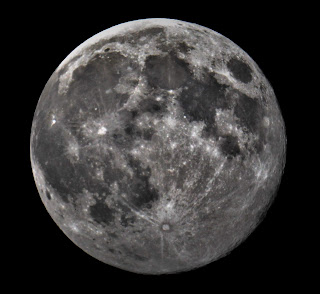| Date | Event |
|---|---|
| October 2 | Last Quarter |
| October 4 | Moon 1.2°S of Beehive Cluster (M44) |
| October 5 | Mercury 2°N of Spica |
| October 5 | Regulus 1.9°S of Moon |
The Moon will reach its last quarter phase on the second of the month and be visible in the southeastern sky in the early hours of the morning. Two days later the Moon will be sitting next to the Beehive Cluster which rises mere hours before the Sun.
 |
| M44 - Beehive Cluster |
Mercury is currently residing in Virgo this week but the Sun is as well. Unfortunately we will not be able to see the conjunction with Spica.
As the Moon hangs around the early morning sky it will be in conjunction with the bright star Regulus in Leo on October 5.
Mars and Saturn are still worth a look in the southern sky. You will be able to discern Mars by its beautiful red colour.
 |
| Mars |
| Date | Event |
|---|---|
| October 6 | Falcon 9 - SAOCOM 1A |
There will be an amazing stargazing event happening at Ralph Klein Park this Saturday. Many astronomers will be out with their telescopes pointing at the wonders in the sky. Inside there will be many presentations and things to see. I will be speaking on this evening about 'What's up in the Sky'. I will cover the many constellations that reside in our Autumn sky and about the deep-sky secrets they hold. This event is being held from 7pm-10pm and it is completely FREE to everyone.
| Date | Event |
|---|---|
| October 6 | Ralph Klein Park Public Stargazing (19:00-22:00) |
A link to this event can be found below.
http://calgary.rasc.ca/rkp_2018b.htm
To follow the event on Facebook click on the link below.
https://www.facebook.com/events/305546816700653/
We hope to see you there clear or cloudy! Bring a mug for the hot chocolate!






